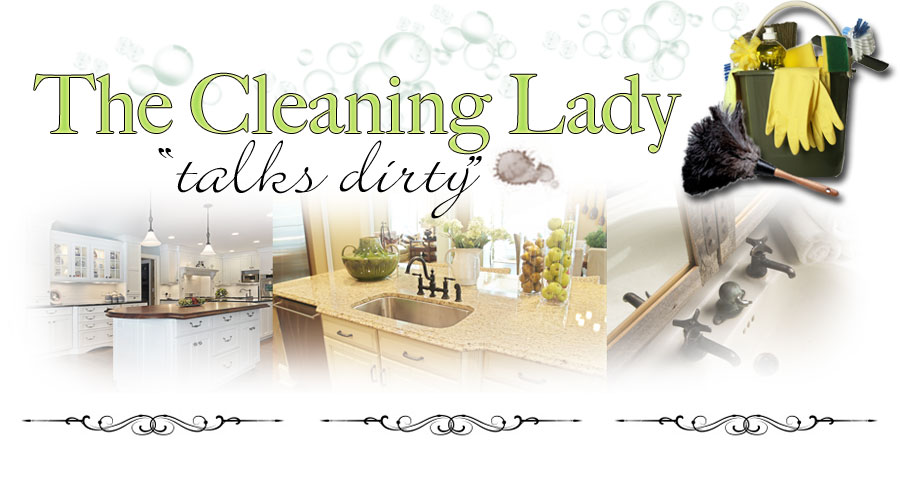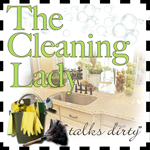Some 85% of American homes are affected by hard-water, which shows itself as white crusty spots on sinks, faucets, shower doors, frames, and any place there is running water. Calcium, unchecked, can manifest itself by covering over the holes in faucets and inside dishwashers. It can make an otherwise clean bathroom look dirty. It can cause corrosion on expensive-to-replace bath and kitchen fixtures. It can permanently damage porcelain sinks and toilets.
If you see crusty white spots inside sinks, coating faucets, splattered on the refrigerator grate of the water dispenser, clouding your drinking glasses and glass coffee pot, you too have hard-water. A water softener will help -- but it will not remove hard-water stains already in place.
There is an acidic property to vinegar that will help -- used weekly vinegar goes a long way to reducing hard-water stains. Also vinegar can be used in places, where CLR cannot, such as through a cycle of the coffee maker. (Heating CLR in a coffeemaker turns the product into an dangerous vapor that should not be breathed by humans or pets.) Heating vinegar, while not especially pleasant, posing far less danger if exposed to breathing the vinegar vapors.
Though using vinegar on heavily stained surfaces, such as shower doors, frames and faucets, will help over time, you will see dramatic immediate results upon using CLR.
CLR, sold in a pour bottle, is not likely intended to be sprayed this way, which tells us we should use all possible caution. Spray small amounts, always spray away from the face and never in an enclosed area (like a shower with the doors closed -- I do it, but I am telling you not to do it -- spray a rag, towel or cloth to wipe into the shower doors.) The helpful aspect of a spray bottle is being able to direct the product right where you want it -- onto the shower nozzle, between the faucet and the sink, onto the shower door track.
CLR should be used full strength and not diluted with water -- it loses potency very quickly.
A similar product is Lime-Away, which can be used interchangeably with CLR -- it has some properties that work better, others not so much. The Lime-Away sold in a spray bottle appears to not be as strong as the original non-spray formula.
Spray on CLR and leave for one minute to five minutes to allow the product do it's job before wiping off. Dazzling isn't it? Who knew that under all that white powdery stain was a brand new clean and shimmering shine?
Once the calcium has been removed, wash away the CLR residue by cleaning thoroughly with a spray of vinegar or light ammonia solution.
If your shower nozzle is heavily crusted with calcium you can suspend a bag of CLR directly onto the nozzle so that the nozzle is submerged -- careful, it's tricky. OR, assuming the nozzle is removable, pour CLR into a plastic container and dunk your shower head right into vat of CLR -- leave it sit the entire afternoon.
CLR is the best -- it removes calcium and lime deposits on surfaces we thought were ruined for good.
As it happens, at $7 per 42 ounce bottle of CLR, the cost is a smidge more than .16c per ounce. Using it in a spray bottle allows it to be sprayed directly where needed, which results in less waste. In cleaning the average home, two bathrooms and one kitchen, I use about 6 ounces of CLR or less than a $1 -- not so over the top expensive at all. And worth every penny when one considers how the cost to replace corroded faucets and ruined shower glass, it's practically free.










